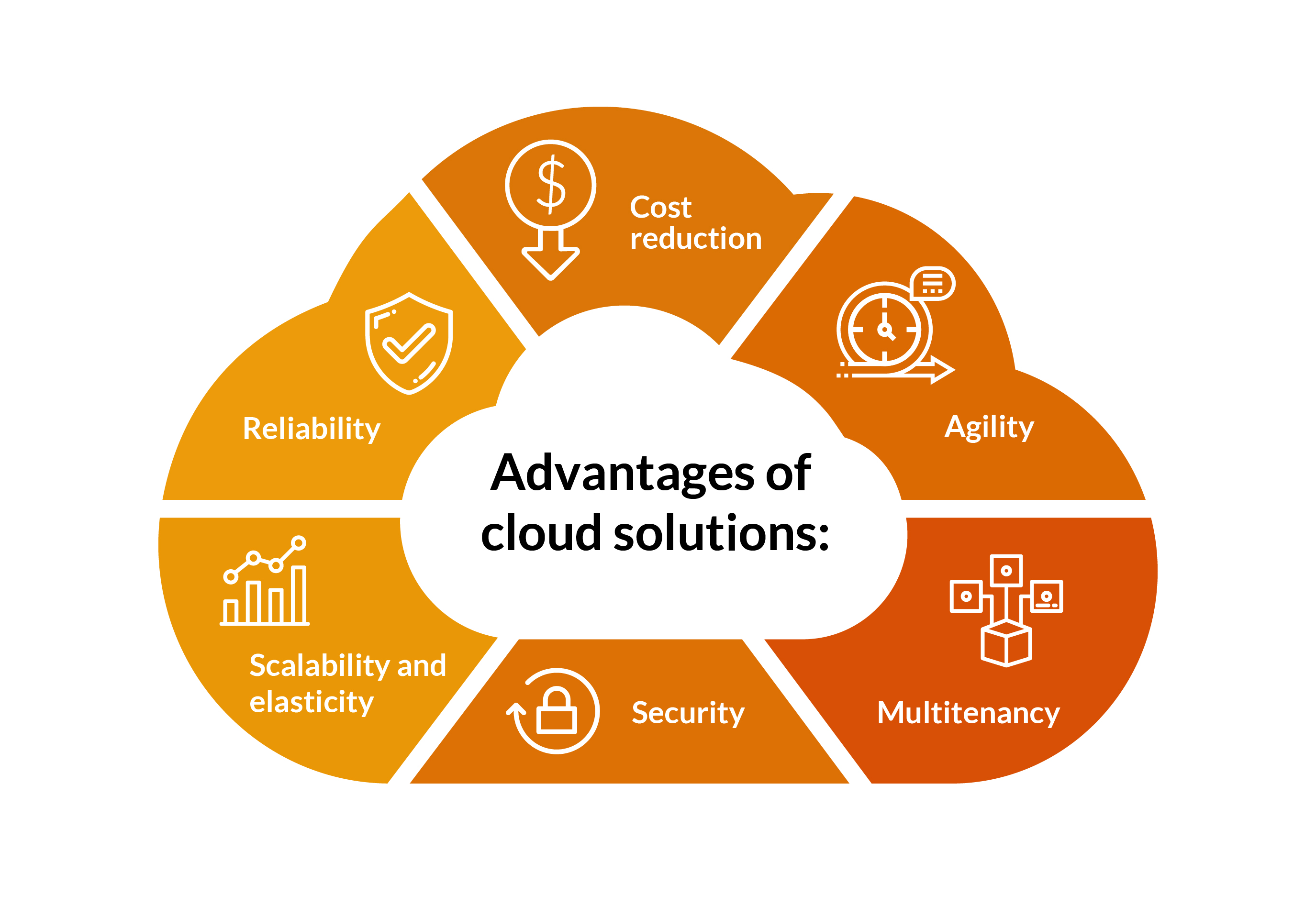Boost Your Online Visibility with LinkDaddy Cloud Services: Effective Techniques for Cloud Services Press Release
Boost Your Online Visibility with LinkDaddy Cloud Services: Effective Techniques for Cloud Services Press Release
Blog Article
Simplify Your Framework With Cloud Solutions
As businesses navigate the ever-evolving landscape of innovation and data administration, the role of cloud services in simplifying facilities has become significantly noticeable. Exactly how can companies successfully browse this shift and genuinely open the possibility of cloud solutions for simplifying their framework?
Advantages of Cloud Services
Cloud services use a structured approach to handling IT facilities, supplying services with flexibility, scalability, and cost-efficiency. One of the crucial benefits of cloud services is the scalability they use.
Furthermore, cloud services remove the requirement for companies to buy pricey software and hardware. This cost-efficiency is a substantial advantage, especially for little to medium-sized enterprises looking to decrease in advance costs. By utilizing cloud solutions, organizations can access high-quality IT resources without the large cost related to traditional facilities setups.
Additionally, cloud solutions offer businesses with the versatility to access their information and applications from anywhere with a net connection. This level of availability boosts collaboration among teams, allows remote job, and increases overall efficiency. The adaptability supplied by cloud services empowers companies to adapt rapidly to altering market problems and consumer needs.
Cost Cost Savings and Scalability
Along with the operational benefits highlighted previously, the integration of cloud solutions into a firm's facilities comes up with substantial cost financial savings and boosted scalability. Cloud services provide a pay-as-you-go design, permitting services to scale sources up or down based upon present demands, thereby avoiding the expenses related to keeping excess ability. This adaptability makes it possible for firms to adjust promptly to changing demands without incurring unnecessary costs.
In addition, cloud solutions eliminate the demand for ahead of time financial investments in software and hardware, lowering capital investment. Operating budget are also decreased as firms no more need to manage and keep physical servers, resulting in lower power usage and IT staffing expenses. Furthermore, cloud services provide automated updates and maintenance, making certain that the framework stays safe and secure and updated without requiring hand-operated interventions.
Enhanced Safety Steps
Carrying out rigid safety procedures is vital when integrating cloud services right into a firm's facilities to protect sensitive data and guarantee conformity with market policies. Cloud service providers supply boosted protection functions such as data security, firewall program security, and multi-factor authentication to minimize cybersecurity dangers.
Additionally, regular protection audits and compliance assessments aid make sure and identify susceptabilities adherence to market standards. Firms can also take advantage of functions like computerized safety updates and real-time danger monitoring given by cloud service carriers. By prioritizing protection steps and remaining proactive in resolving prospective threats, companies can with confidence take advantage of cloud services while securing their important information from unauthorized gain access to or violations.
Transitioning to Cloud Facilities
To successfully integrate cloud solutions into a business's framework, a structured technique that addresses the shift in the direction of cloud-based remedies is imperative. Transitioning to cloud facilities entails careful preparation and implementation to guarantee a smooth movement procedure. The initial step is to evaluate the present framework and determine which systems and applications are ideal for movement to the cloud. This evaluation ought to think about aspects such as information level of sensitivity, conformity needs, and efficiency demands.
When the analysis is complete, why not try this out a migration strategy ought to be established. This technique needs to outline the timeline, sources, and duties for relocating each element to the cloud. It is vital to connect this strategy plainly to all stakeholders to guarantee positioning and reduce disruptions throughout the change.
Throughout the migration process, screening and tracking are critical to recognize and attend to any concerns immediately. Routine checkpoints need to be developed to track progress and make essential modifications. Additionally, training for workers on using cloud solutions ought to be provided to make certain a successful change and make the most of the advantages of the new framework.
Best Practices for Cloud Fostering
Successful adoption of cloud solutions rests on the critical alignment of organization objectives with technical capabilities and organizational preparedness. To ensure a smooth shift to the cloud, companies ought to begin by conducting a thorough assessment of their present infrastructure and recognizing which workloads are best matched for cloud migration. It is important to involve crucial stakeholders from different divisions in the decision-making process to obtain buy-in and attend to any issues beforehand.
Another best practice for cloud fostering is to focus on protection and compliance. Organizations has to very carefully assess the security steps supplied by cloud provider and make sure that their information is shielded according to sector standards and regulatory requirements. Executing durable data file encryption, gain access to controls, and routine protection audits can aid minimize threats related to cloud fostering.

Verdict

As businesses navigate the ever-evolving landscape of modern technology and data administration, sites the duty of cloud services in simplifying facilities has actually come to be progressively noticeable - cloud services press release. Just advice how can companies successfully navigate this shift and absolutely unlock the possibility of cloud services for simplifying their framework?
Cloud services supply a structured method to managing IT facilities, giving businesses with scalability, cost-efficiency, and versatility. By using cloud services, companies can access high-grade IT sources without the hefty price tag associated with traditional infrastructure setups.
To make sure a smooth shift to the cloud, organizations should begin by performing a thorough analysis of their existing facilities and determining which workloads are best suited for cloud movement.
Report this page